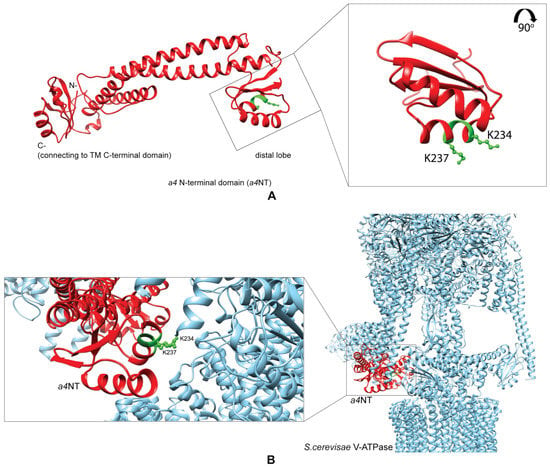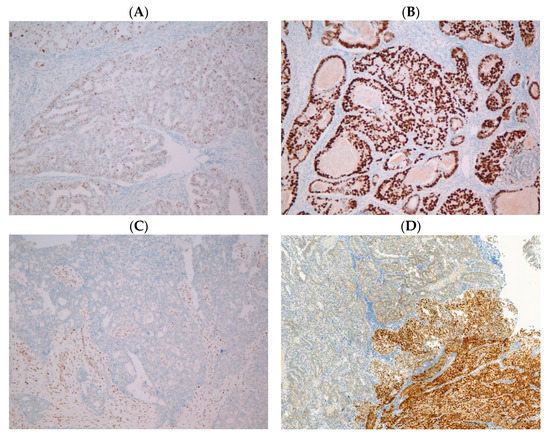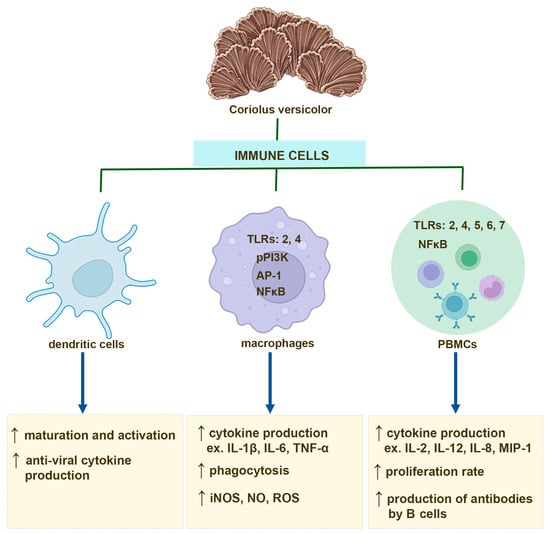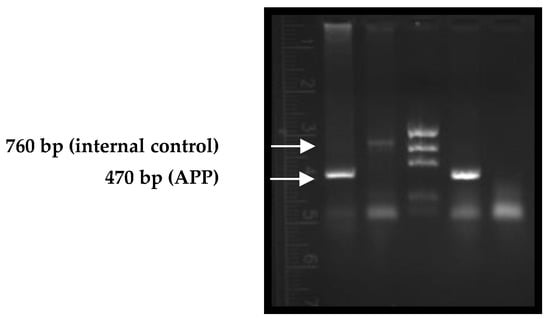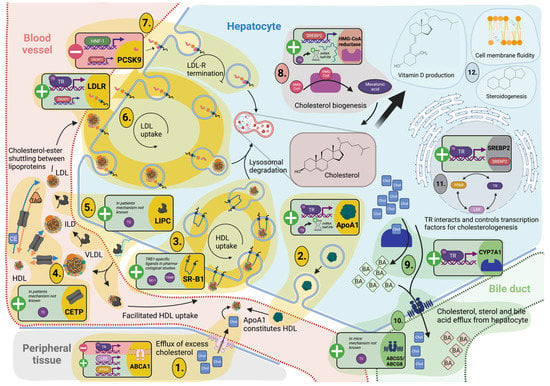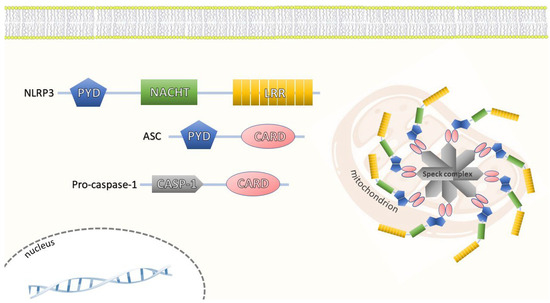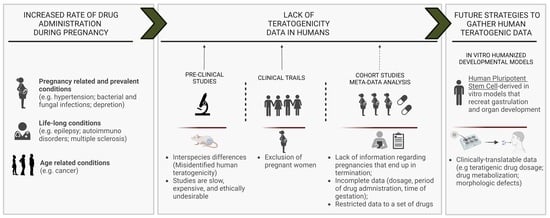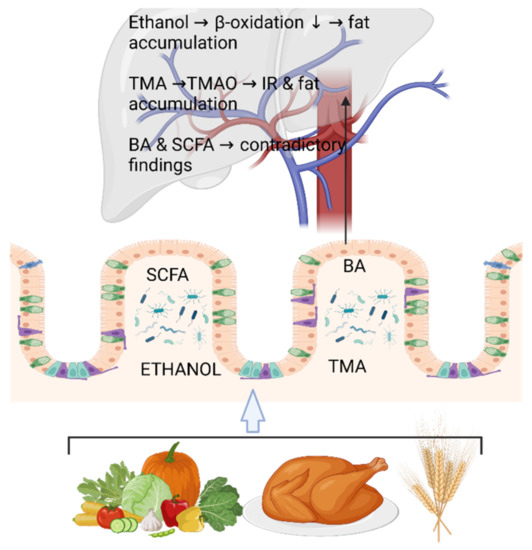1
Department of Tumor Growth Biology, N.N. Petrov Institute of Oncology, 197758 St. Petersburg, Russia
2
Department of Medical Genetics, St.-Petersburg Pediatric Medical University, 194100 St. Petersburg, Russia
Int. J. Mol. Sci. 2023, 24(5), 4868; https://doi.org/10.3390/ijms24054868 - 2 Mar 2023
Cited by 20 | Viewed by 4310
Abstract
This study aimed to analyze clinical and regional factors influencing the distribution of actionable genetic alterations in a large consecutive series of colorectal carcinomas (CRCs). KRAS, NRAS and BRAF mutations, HER2 amplification and overexpression, and microsatellite instability (MSI) were tested in 8355
[...] Read more.
This study aimed to analyze clinical and regional factors influencing the distribution of actionable genetic alterations in a large consecutive series of colorectal carcinomas (CRCs). KRAS, NRAS and BRAF mutations, HER2 amplification and overexpression, and microsatellite instability (MSI) were tested in 8355 CRC samples. KRAS mutations were detected in 4137/8355 (49.5%) CRCs, with 3913 belonging to 10 common substitutions affecting codons 12/13/61/146, 174 being represented by 21 rare hot-spot variants, and 35 located outside the “hot” codons. KRAS Q61K substitution, which leads to the aberrant splicing of the gene, was accompanied by the second function-rescuing mutation in all 19 tumors analyzed. NRAS mutations were detected in 389/8355 (4.7%) CRCs (379 hot-spot and 10 non-hot-spot substitutions). BRAF mutations were identified in 556/8355 (6.7%) CRCs (codon 600: 510; codons 594–596: 38; codons 597–602: 8). The frequency of HER2 activation and MSI was 99/8008 (1.2%) and 432/8355 (5.2%), respectively. Some of the above events demonstrated differences in distribution according to patients’ age and gender. In contrast to other genetic alterations, BRAF mutation frequencies were subject to geographic variation, with a relatively low incidence in areas with an apparently warmer climate (83/1726 (4.8%) in Southern Russia and North Caucasus vs. 473/6629 (7.1%) in other regions of Russia, p = 0.0007). The simultaneous presence of two drug targets, BRAF mutation and MSI, was observed in 117/8355 cases (1.4%). Combined alterations of two driver genes were detected in 28/8355 (0.3%) tumors (KRAS/NRAS: 8; KRAS/BRAF: 4; KRAS/HER2: 12; NRAS/HER2: 4). This study demonstrates that a substantial portion of RAS alterations is represented by atypical mutations, KRAS Q61K substitution is always accompanied by the second gene-rescuing mutation, BRAF mutation frequency is a subject to geographical variations, and a small fraction of CRCs has simultaneous alterations in more than one driver gene.
Full article
(This article belongs to the Special Issue Molecular Mechanisms and Therapies of Colorectal Cancer 2.0)
▼
Show Figures


